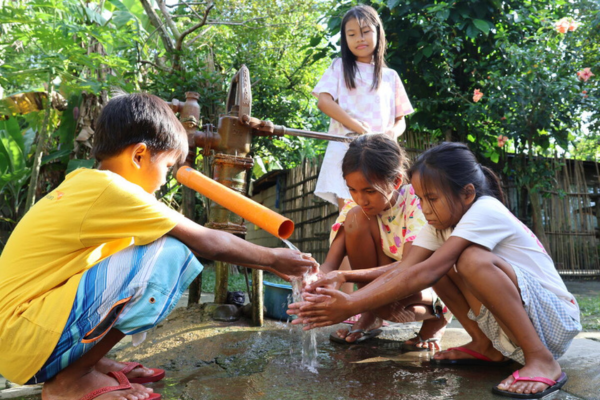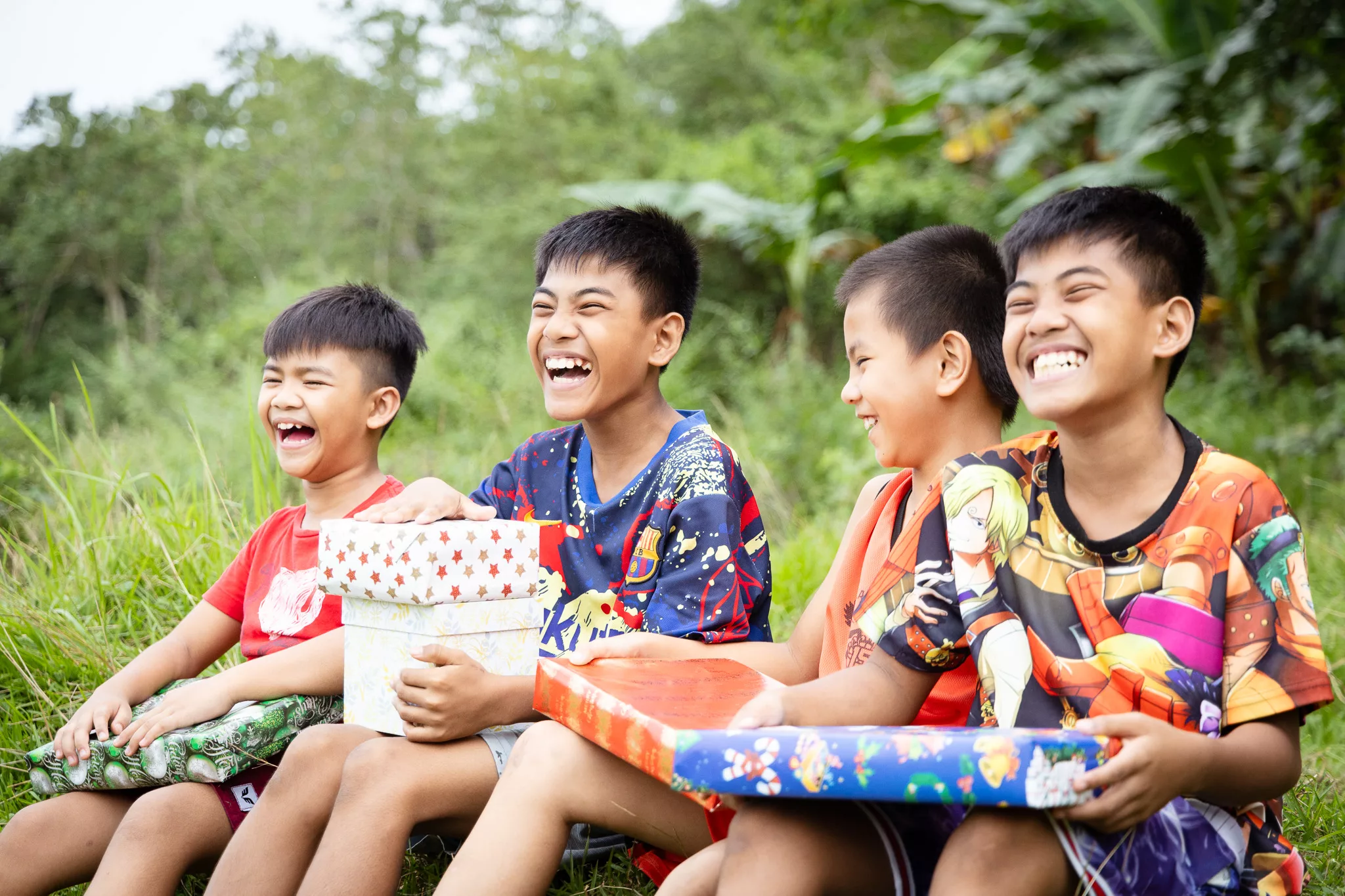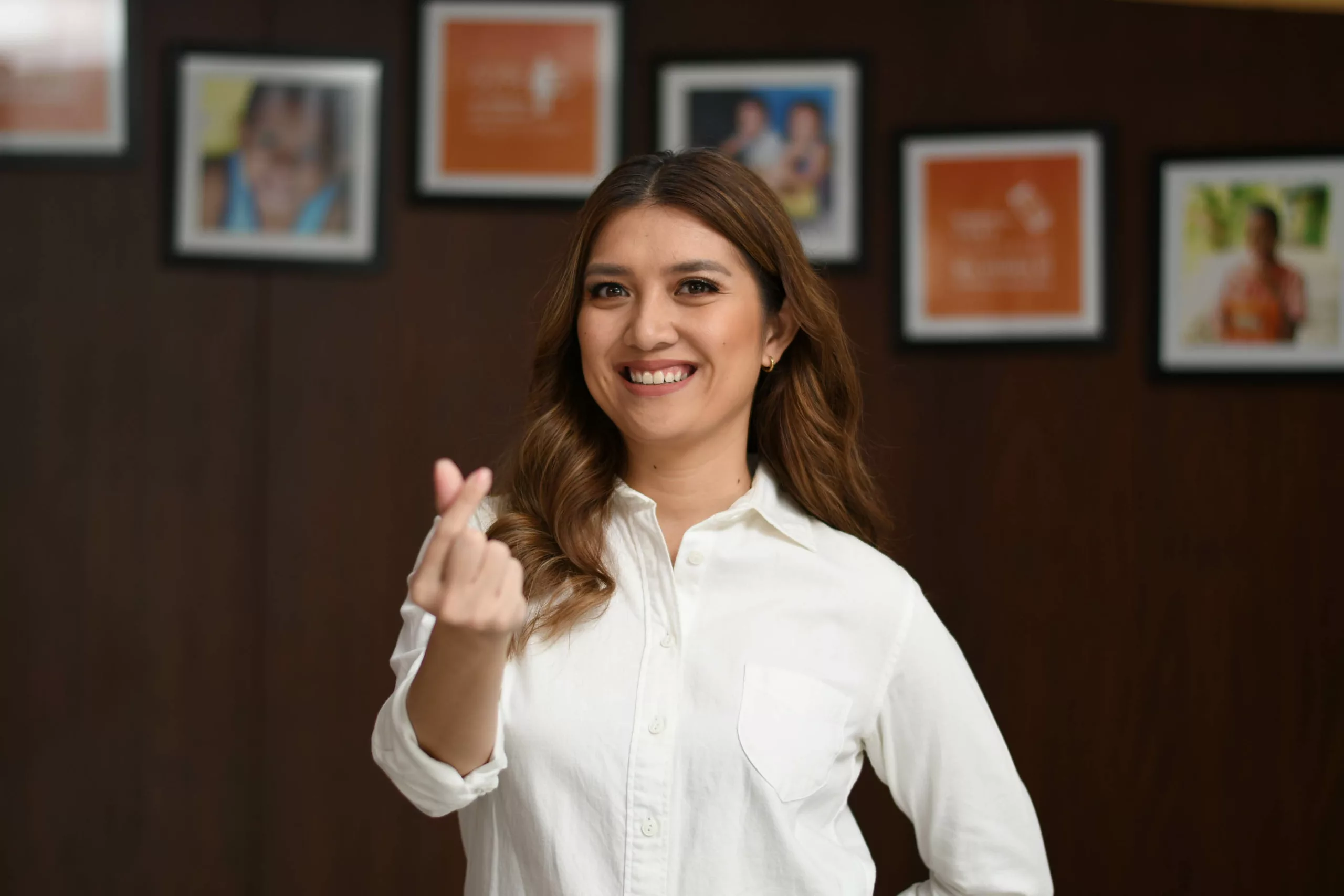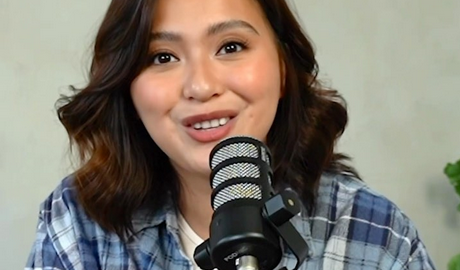Child Rights: History, Facts & How To Protect Them
“Around the world, child rights are a topic of concern in every country. Every child, regardless of age, race, gender, wealth, or birthplace, deserves not just to live, but to thrive. Yet millions of children’s basic rights are denied and their childhoods are stolen from them by abuse, exploitation, or slavery.
Many violations children face are a consequence of exploitative practices and education gaps in both developed and developing communities. But poverty, exploitation, and violence are not inevitable. With enlightened support from governments, civil society, and religious groups, vulnerable children can flourish and reach their highest potential.”

What is the UN Convention on the Rights of the Child?
The UN Convention on the Rights of the Child is a comprehensive, internationally binding agreement on the rights of children, which was adopted by the United Nations General Assembly in 1989. It is the most widely ratified human rights treaty in history.
It sets out the rights that must be realized for every child – the rights to survival, development, protection, and participation. It offers a vision of the child as an individual and as a member of a family and community, with rights and responsibilities appropriate to his or her age and stage of development.
The Philippines as a State Party to the Convention has the obligation and accountability to undertake all appropriate legislative, administrative, and other measures for the realization of children’s rights and that children have access to services, protection from all forms of abuse and violence, opportunities for personal development to reach their fullest potential.
Since the Philippines’ adoption in July 1990, there is much to be celebrated. Recently, the UN Human Rights Office of the High Commissioner published the Philippine Compliance Report on UN CRC (combined 5th and 6th periodic reports);
In spite the overall gains and continuing efforts of the Philippine Government, Filipino children and their family still face challenges which compromise their human rights and benefits of development.
The denial of child rights
In the Philippines thousands of children are robbed of their childhood and suffer lifelong developmental challenges as a result of violence.
According to the Philippine National Baseline Study on Violence against Children, 80% of Filipino children had experienced some form of violence in their lifetime, whether in the home, school, workplace, community or during dating.
- 1 out of 5 children suffer from sexual abuse at home, in school and in the community.
- 2 out of 5 children experience bullying from peers.
- 3 out of 5 children go through some form of psychological abuse.
- 4 out 5 children grow up seeing some form of physical violence at home.
- 5 out of 10 children are victims of cyber violence.
- 6 out 10 children are physically and psychologically abused.
- 7 out of 10 children don’t have access to local protection services in their community.[1]
Child rights around the world
- 218 million children are forced into child labour
- 200 million children globally are subjected to violence
- 1 in 3 women in the developing world marry before reaching the age of 18
- 250 million children live in conflict-affected areas
READ MORE: Philippines Report – Policy Progress to End Violence against Children
What are Child Rights?
Child rights are human rights that also recognize the special needs for care and protection of minors — children and young people under the age of 18. All children have these rights, regardless of religion, race, ethnicity, gender or cultural background. No child should be treated unfairly on any basis.
All adults should do what is best for the children. When adults make decisions, they should think about how their decisions will affect children. The government has a responsibility to make sure rights are protected.
The four general principles UNCRC:
- Non- Discrimination – that all the rights guaranteed by the Convention must be available to all children without discrimination of any kind;
- Best Interest of the Child – that the best interests of the child must be a primary consideration in all actions concerning children;
- Life, Survival and Development – that every child has the right to life, survival and development;
- Respect for Children’s Views – that the child’s views must be considered and taken into account in all matters affecting him or her
The Convention on the Rights of the Child
Article 1 – A child means every human being below the age of eighteen.
Article 2 – State parties must ensure all rights apply to children regardless of their age race, religion, gender, wealth or birthplace.
Article 3 – All signatories of the convention must work towards actions in the best interests of the child.
Article 4 – Governments must make these rights available to all children.
Article 5 – Governments and parents must ensure children are equipped with the knowledge to understand their rights.
Article 6 – All children have the right to a life of fullness.
Article 7 – Governments should respect a child’s right to a name and nationality.
Article 8 – Governments must respect a child’s right to their own identity.
Article 9 – Children should not be removed from their parents unless for their own good.
Article 10 – Families living in different countries should be able to move between them so families can keep in contact or get back together as a family.
Article 11 – Governments must take all measures to combat the illegal removal of children from their country.
Article 12 – Children have the right to their opinion and can say what they think should happen.
Article 13 – Children have the right to freedom of expression and can seek, receive and impart information and ideas of all kinds.
Article 14 – Governments should respect the right of children to have freedom of thought, conscience and religion.
Article 15 – Children have the right to freedom of association.
Article 16 – Children have the right to their privacy.
Article 17 – Governments should ensure children have access to information and material from a diversity of national and international sources, especially those aimed at the promotion of his or her social, spiritual and moral well-being and health.
Article 18 – Parents have a responsibility for bringing up their child and should always consider what is best.
Article 19 – Governments should ensure children are protected from violence and neglect.
Article 20 – Children who cannot be cared for by their own parents should be looked after by people who respect their religion, culture and language.
Article 21 – When a child is adopted, their best interests should be the utmost priority.
Article 22 – Children who enter a country as refugees should have the same rights as children born in that country.
Article 23 – Children with any kind of disability must have special care and support.
Article 24 – Children have the right to enjoy the highest attainable standard of health. Governments should work towards the development of healthcare and diminish disease and child mortality.
Article 25 – Children have the right to have their situation reviewed by their local authorities regularly.
Article 26 – Governments should provide the right resources for children if they need to benefit from social security.
Article 27 – All children have the right to a quality standard of living that meets their mental and physical standards and should be helped if they can’t reach this themselves.
Article 28 – All children have the right to an education.
Article 29 – Education should help the development of a child’s personality, talents and physical abilities so they can reach their full potential.
Article 30 – Children have the right to practice their own religion or language.
Article 31 – All children have the right to rest and leisure, and to engage in play and recreational activities. They can participate fully in cultural life and the arts.
Article 32 – Governments must protect children from economic exploitation or performing work that can interfere with their education or could be harmful to their development.
Article 33 – Governments must take all appropriate legislative, administrative, social and educational measures to protect children from the illicit use of drugs and prevent use of children in trafficking substances.
Article 34 – Governments must protect children from sexual abuse.
Article 35 – Governments must protect children from being abducted, sold or trafficked at all costs.
Article 36 – Children must be protected from all forms of activities that can harm their development.
Article 37 – Children who break the law should not be treated cruelly and not imprisoned with adults. They should also be able to contact their families.
Article 38 – Governments should not allow any child under the age of sixteen to join the army.
Article 39 – Governments should take all appropriate measures to promote physical and psychological recovery and social reintegration of children exposed to neglect, exploitation or abuse.
Article 40 – Children accused of breaking the law should receive legal help.
Article 41 – If the laws of a country protect a child better than the articles of the convention, then the laws should be followed.
Article 42 – The government should make the convention known to parents and children.
Article 43-54 – These articles contain methods for institutions, organisations and individuals to ensure children get their rights.
Who is Responsible?
Children’s rights laid down in the Convention on the Rights of the Child have to be provided by adults or the state.
Governments have the main responsibility to make sure the rights of children are protected and provided for. All citizens have responsibilities to respect the rights of
children as well. It also identifies parents as the primary caregiver of the child while governments are charged with assisting families in fulfilling their role.
However, the Convention also refers to the responsibilities of children, in particular, to respect the rights of others, especially their parents (Article 29).
World Vision and Child Rights
As a Christian relief, development, and advocacy organization, World Vision affirms that Girls and boys are people created in God’s image; therefore they are individuals of worth and dignity. World Vision upholds the rights of children regardless of their religion, race, ethnicity, or gender. We believe that God’s plan is for all children to experience fullness of life.
Enjoy good health | Be educated for life
Be cared for, protected and participating | Experience the love of God and neighbors

What can I do to protect children worldwide?
#GETINVOLVED
- Pray for vulnerable children. Pray that boys’ and girls’ rights will be protected.
- Make a one-time donation to our child protection fund. You can help prevent abuse and restore children’s physical and emotional health.
- Sponsor a child today. By investing in a child’s life, you’ll provide the protection and resources they need become a healthy, productive adult.
[1] UNICE 2016. Illustrated book on Violence against Childre








